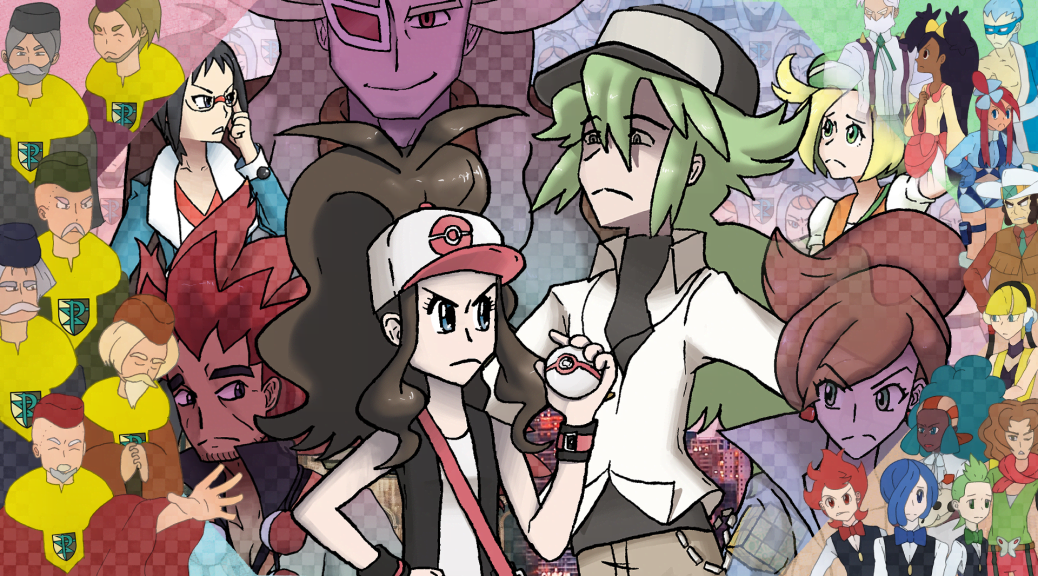Part I: The Components of Unova
For the anniversary of the release of Pokémon Black and White, we release our tribute to the games. Part I focuses on gameplay and other mechanics, as well as their themes.
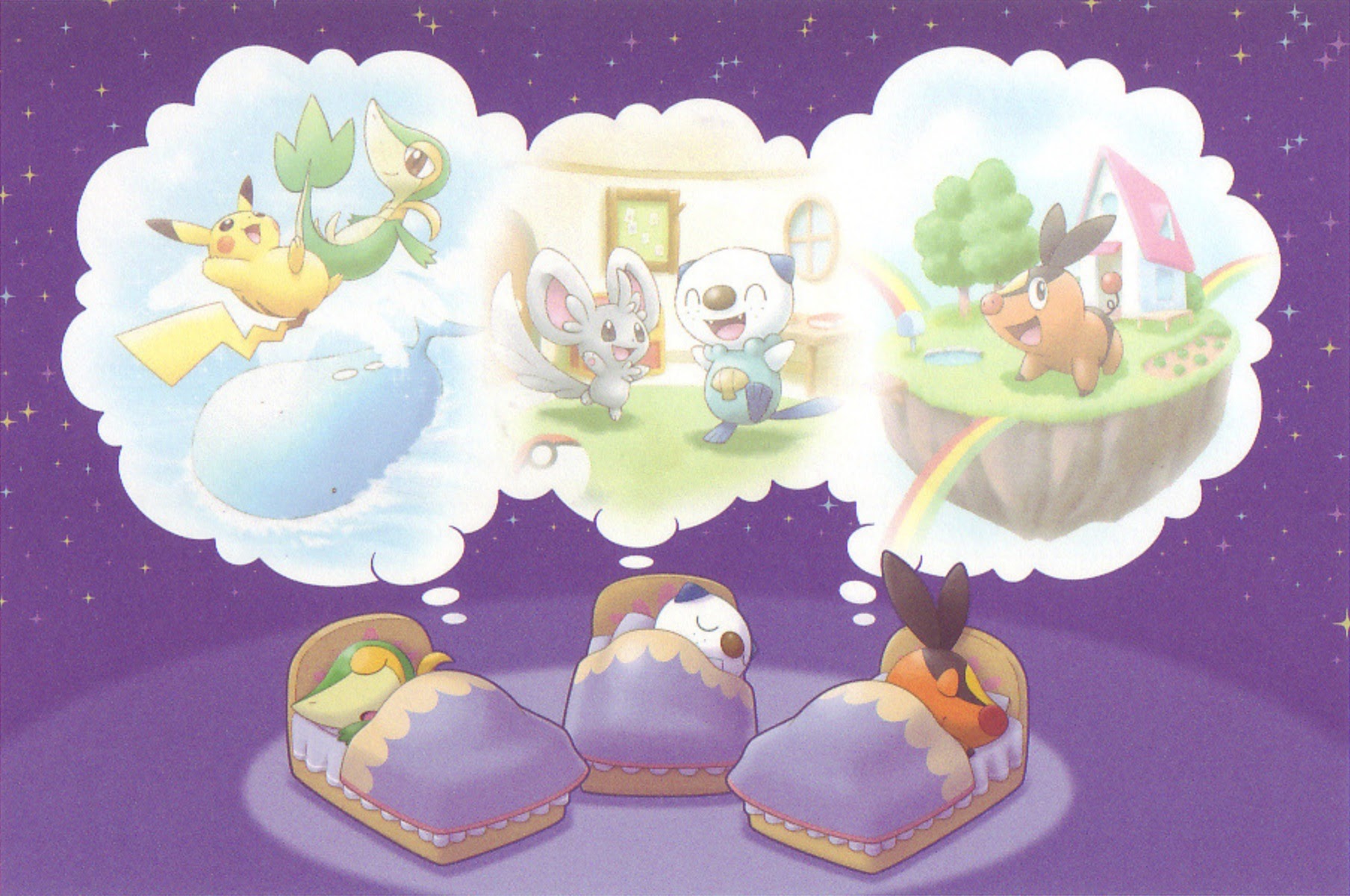
Part I: The Components of Unova
Hexagons | Adventure | Dreams | Seasons
Discovery | Myths | Sprites | Music | Accessibility
The Visions of Unova: The Perfect Unity of Dreams
Dreams are as mysterious as they are fleeting. A dream you experience, whether you understand it or if it’s full of oddities, can be forgotten the moment you wake up. This isn’t entirely unlike the often-forgotten Dream World feature of the Unova games.
The reason why the Dream World is so easy to forget is because it shut down in January 2014—and, as it’s entirely supplemental, its closure is disappointing, but not game-breaking. In-game references to the Dream World culminate at Nacrene City and become very easy to miss afterwards, cementing it as a non-essential and non-invasive feature, although it was a fun and unique one all the same.
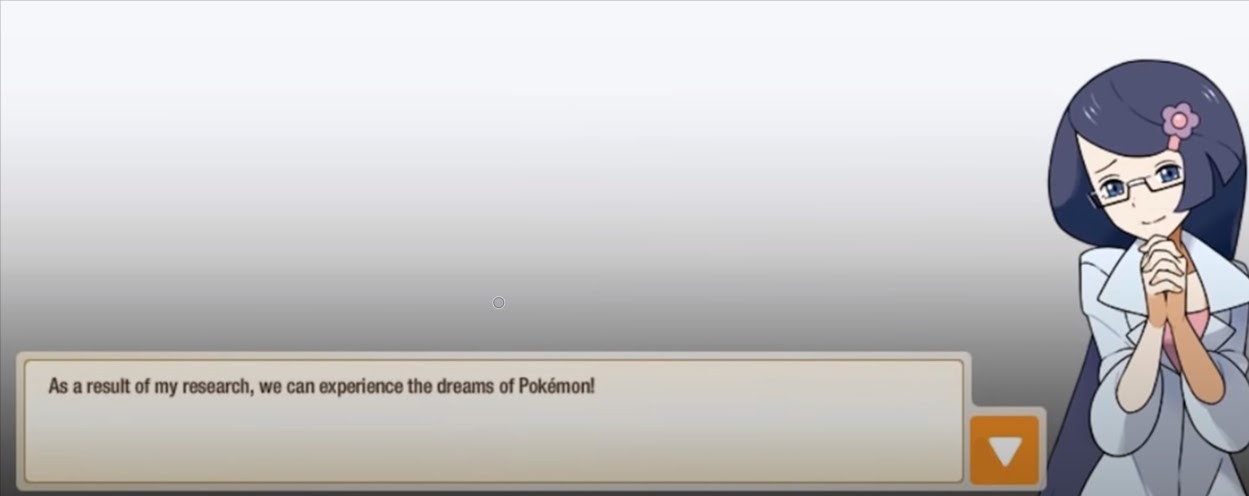 The Dream World was entirely online, accessed through web browser. By tucking in one of your Pokémon in your copy of Black or White, you could “send” it to the Dream World through the Nintendo Wi-Fi service. In the Dream World, you had a house that you could decorate with various knick-knacks, including Poké Dolls. There were fields for planting berries—the only way to grow them in the fifth generation—and you had a shelf where you could put any berries and items you didn’t want. Visitors to your house would exchange one of their own items for something on your shelf, and you could do the same when visiting another Dream World home.
The Dream World was entirely online, accessed through web browser. By tucking in one of your Pokémon in your copy of Black or White, you could “send” it to the Dream World through the Nintendo Wi-Fi service. In the Dream World, you had a house that you could decorate with various knick-knacks, including Poké Dolls. There were fields for planting berries—the only way to grow them in the fifth generation—and you had a shelf where you could put any berries and items you didn’t want. Visitors to your house would exchange one of their own items for something on your shelf, and you could do the same when visiting another Dream World home.
The way you found these items was by visiting the Island of Dreams. The various areas on this island had not only helpful items, but Pokémon as well. After completing a mini game, you could befriend them and send them back to your copy of Black or White. These Pokémon were special in that they had their Hidden Abilities—an additional Ability given to most Pokémon starting in Black and White that could, at the time, only be obtained through Dream World.
The Dream World service was hefty, fun, and valuable, but even the berry farming wasn’t so necessary that the Dream World’s closure negatively impacts the main games. What’s most important about the Dream World today is how its inclusion relates to the deeper meaning behind dreams and how they apply to Black and White‘s themes.
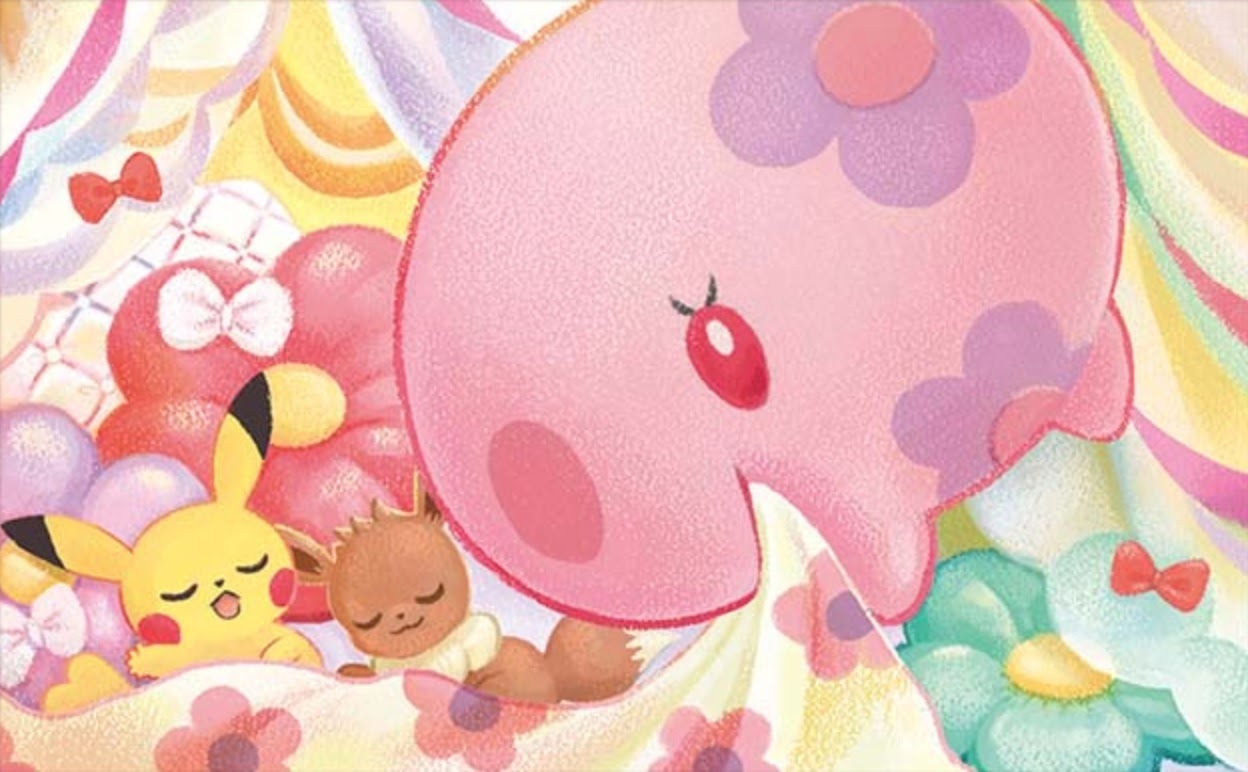
Dreams—the visions you have when you sleep—have long been studied with their own symbolism. The inexplicable way dreams play out have garnered them their own wide array of interpretations. Thankfully, the dreams of Pokémon in the Dream World are quite controlled and comprehensible—what we’re looking for isn’t the symbolism within the dreams, but rather for what dreams themselves represent.
The Plantonic view of dreams is that they’re not prophetic or brought about by external forces—such as a deity influencing them—but rather entirely internal.1 This could be why the word eventually began describing hopes and wishes or desires.2 As such, a “dream” can be a personal vision or goal, aligning with the Pokémon series’s tradition of portraying a “coming of age” story wherein the protagonist grows into their own, gaining skills during their adventure that can help them achieve their dreams.
This connection between the Pokémon series staple and the theming within Black and White is established early through the games’ opening animation: after N’s coronation, some in-game footage plays with the words “Hope,” “Dream,” “Discovery,” and “Adventure awaits” placed on top. These are all general ideas heavily associated with the Pokémon world, and you wouldn’t necessarily think these were about game features outside of the context of the opening demo. Still, the word “Dream,” unsurprisingly, accompanies footage of an Emolga being tucked in to be sent to the Dream World.
While the Dream World is described as a place “Where Pokémon dreams become a reality,” how would you go about making your own dreams a reality? Black and White draw another connection through Team Plasma’s attempt to use Munna’s Dream Mist to manipulate people: by instilling literal dreams into the minds of people, their metaphorical dreams—their goals—will also change, and people naturally strive to make their dreams come true. However, things don’t always need to be so literal—your “dreams” can simply be your goals, and as stated earlier, the act of growing more experienced on your journey gives you the skills necessary to make your dreams come true and perhaps even change the world.
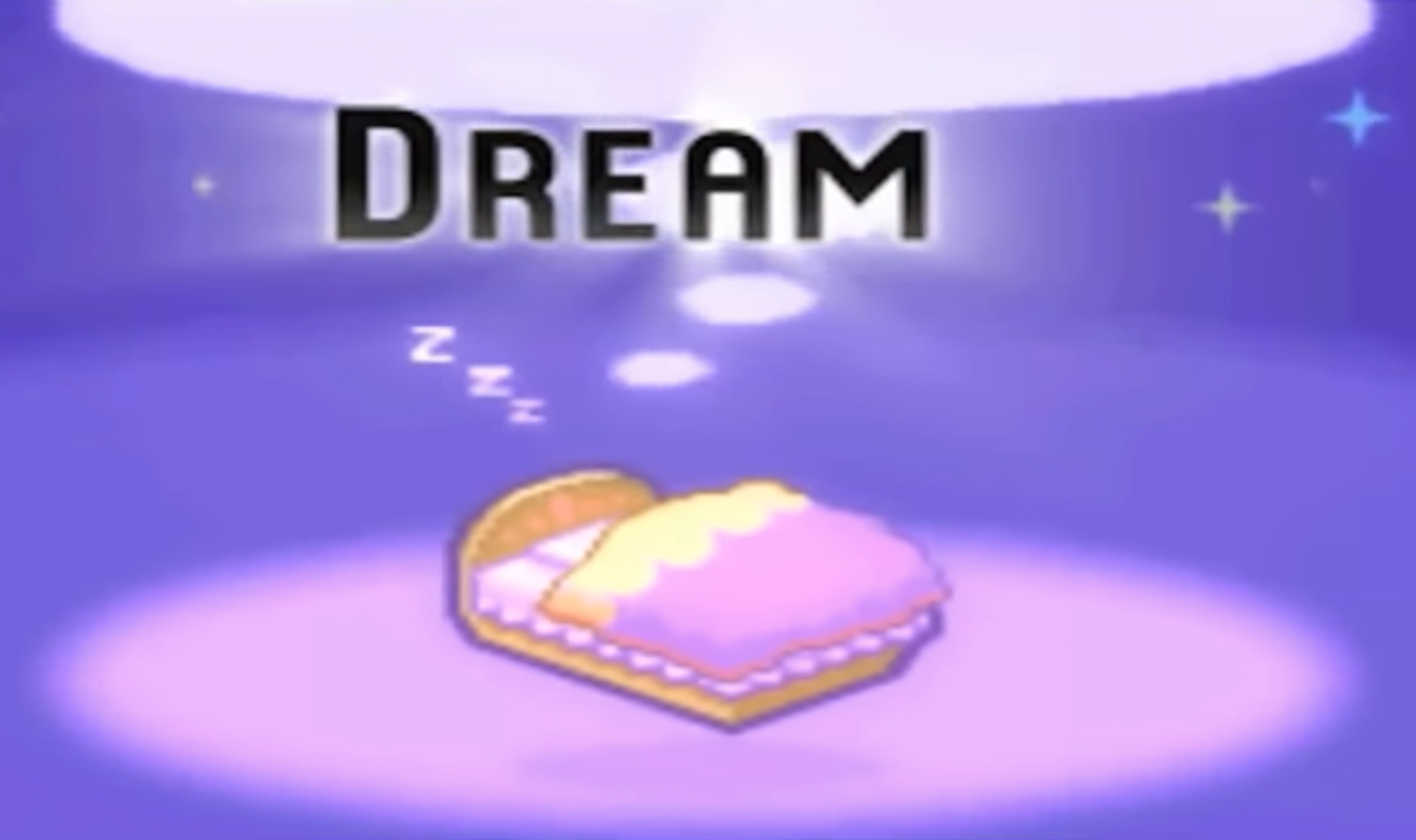
In order to truly bring your Pokémon’s dream to life, to capture the Pokémon sent over from the Dream World or to collect any sent items, players must make their way to the center of Unova—the Entralink. Within Entralink, the impressive connectivity features of the C-Gear are taken one step further: players can visit each other’s “worlds.” A player with Black Version may visit a friend’s White Version to see their White Forest—and perhaps even convince one of the residents to move into their own Black City. They can also play missions together to gain Pass Orbs, which are used to unlock Pass Powers, the precursor to X and Y’s O-Powers, again bringing all of Unova’s helpful and innovative cooperative communication features together in one place.
It’s only natural that Dream World rewards are retrieved in the Entralink, as it’s the literal central hub for wireless communication. But the connection runs deeper than convenience: “communication” has always been an integral theme of Pokémon games, which are split into multiple versions to encourage trading. Online functionality is also always prioritized, with online and competitive battling receiving more and more emphasis with each passing generation. Battles as a form of communication between Trainers, and between Trainer and Pokémon, has always been enforced in the Pokémon series, and communication is how we connect with each other. And, of course, by connecting to one another, we grow.
This careful consideration towards connectivity between players can also be seen in the C-Gear. This helpful device expands the local and wi-fi capabilities of the fourth generation of Pokémon games while also having them accessible at each players’ fingertips—literally. Battling or trading through wi-fi or infrared can be accessed at any time through the Nintendo DS’s touch-compatible bottom screen, and additional, unorthodox activities can be performed as well, such as doing a “feeling check” with a friend to earn some items. Places such as Castelia City also introduce extra ways to take advantage of the increased communication features, such as the inclusion of surveys that you can complete and collect from passers-by. The theme of unity continues to be enforced through Black and White’s unique and diverse means of communication, from the in-game C-Gear functionalities, to the grand Dream World where, even though you may want to focus on nabbing a new Pokémon, you’re still encouraged to check out other players’ houses.
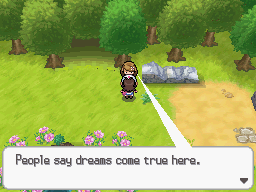 The Entralink, C-Gear, and Dream World were ahead of their time. The extensive online communication features of Black and White would have seen far more use on the Nintendo 3DS—or especially on the Nintendo Switch—when the Nintendo Wi-Fi service was far more refined. Still, the lack of Dream World functionality doesn’t negatively impact the game—it was entirely optional to begin with. Berries can still be obtained from Rangers and are not so strong that the exclusion of planting them is felt so badly. But the emphasis placed on the Dream World in the opening movie and early in the games show it was an important a feature all the same, and the fact that it ties in so perfectly with the themes of Black and White is a testament to the strength of their consistent attribution to meaning across each and every in-game detail.
The Entralink, C-Gear, and Dream World were ahead of their time. The extensive online communication features of Black and White would have seen far more use on the Nintendo 3DS—or especially on the Nintendo Switch—when the Nintendo Wi-Fi service was far more refined. Still, the lack of Dream World functionality doesn’t negatively impact the game—it was entirely optional to begin with. Berries can still be obtained from Rangers and are not so strong that the exclusion of planting them is felt so badly. But the emphasis placed on the Dream World in the opening movie and early in the games show it was an important a feature all the same, and the fact that it ties in so perfectly with the themes of Black and White is a testament to the strength of their consistent attribution to meaning across each and every in-game detail.
